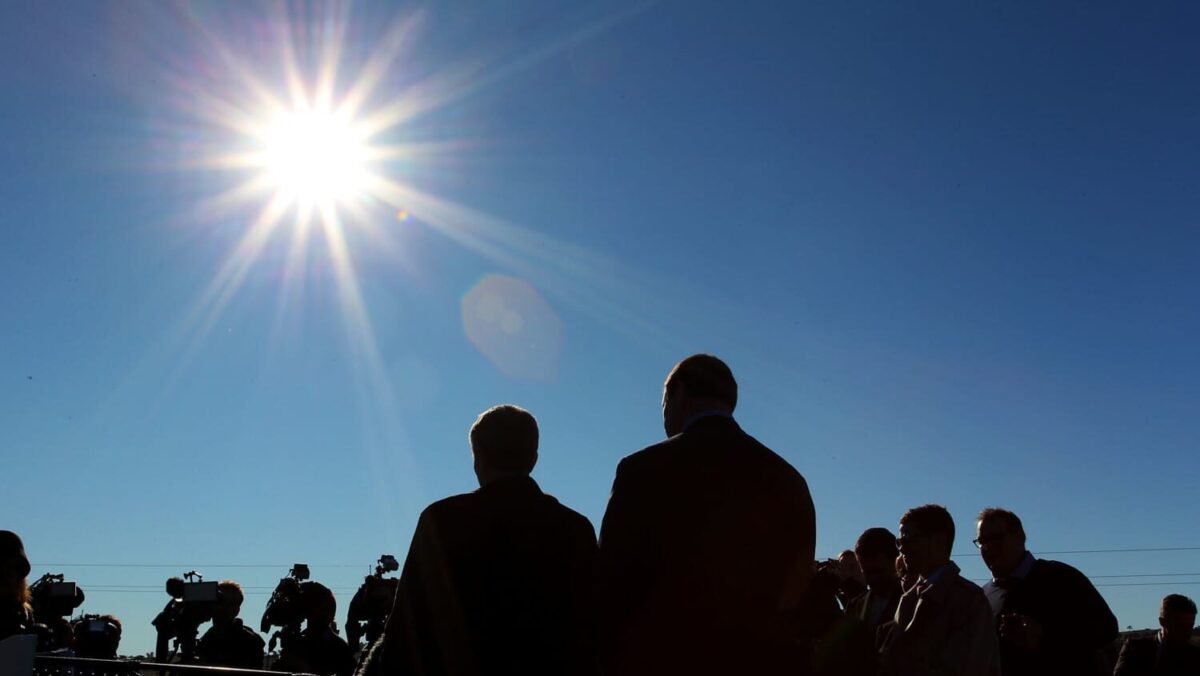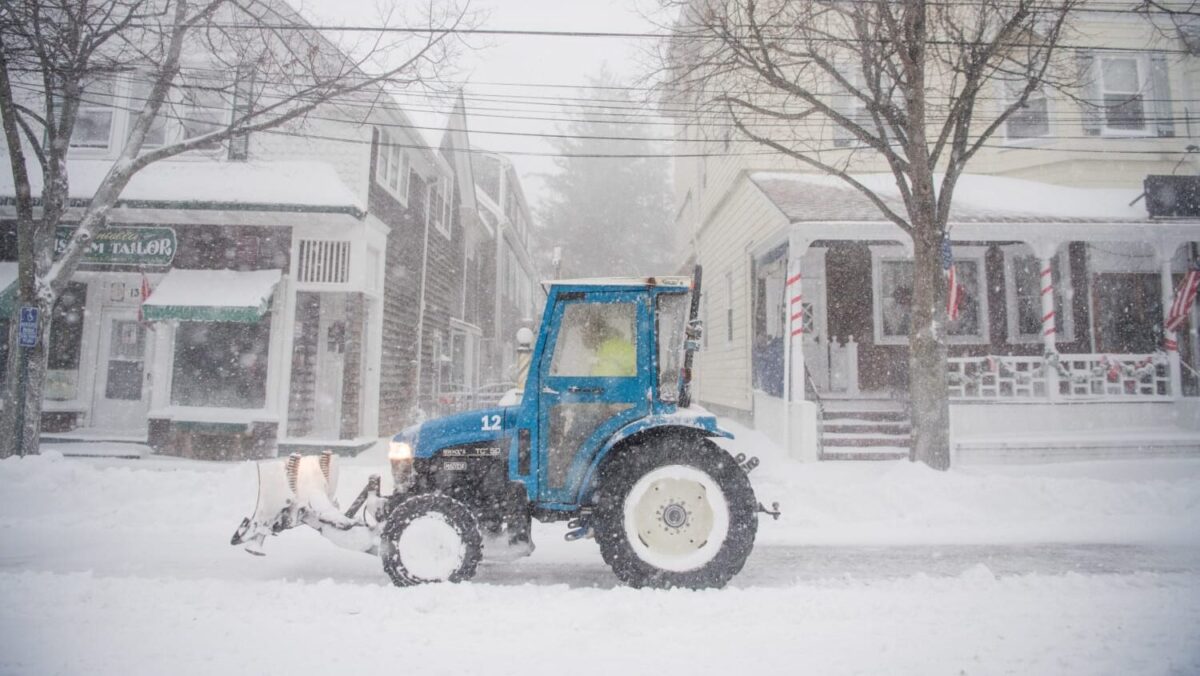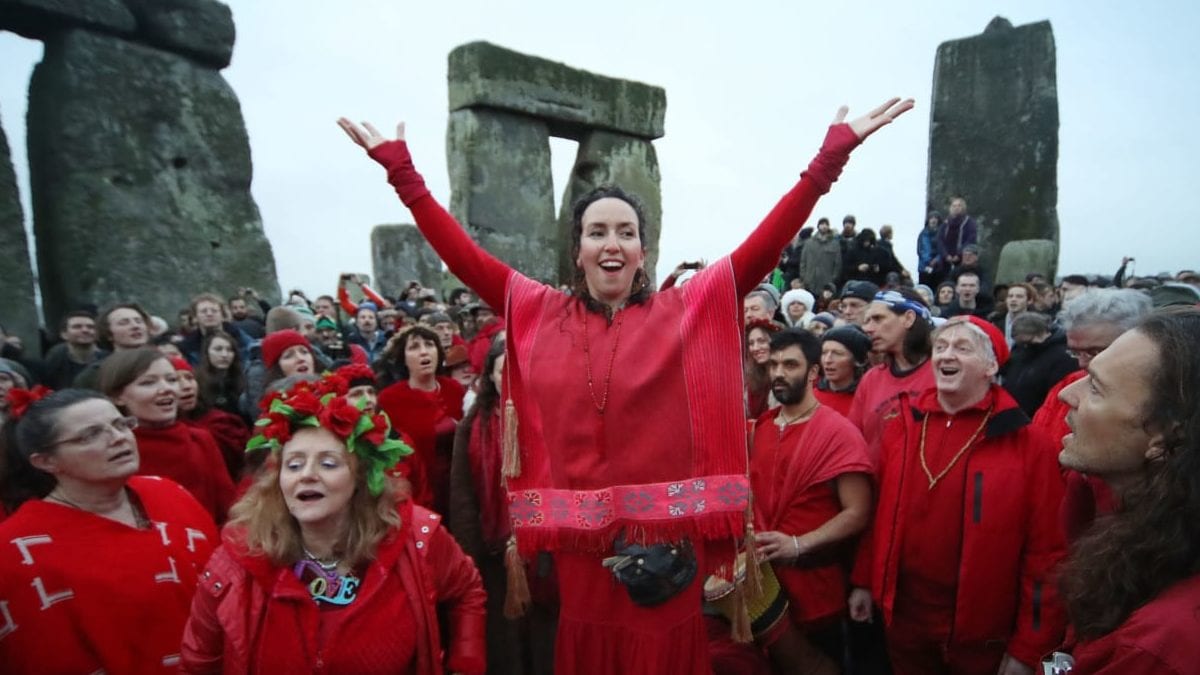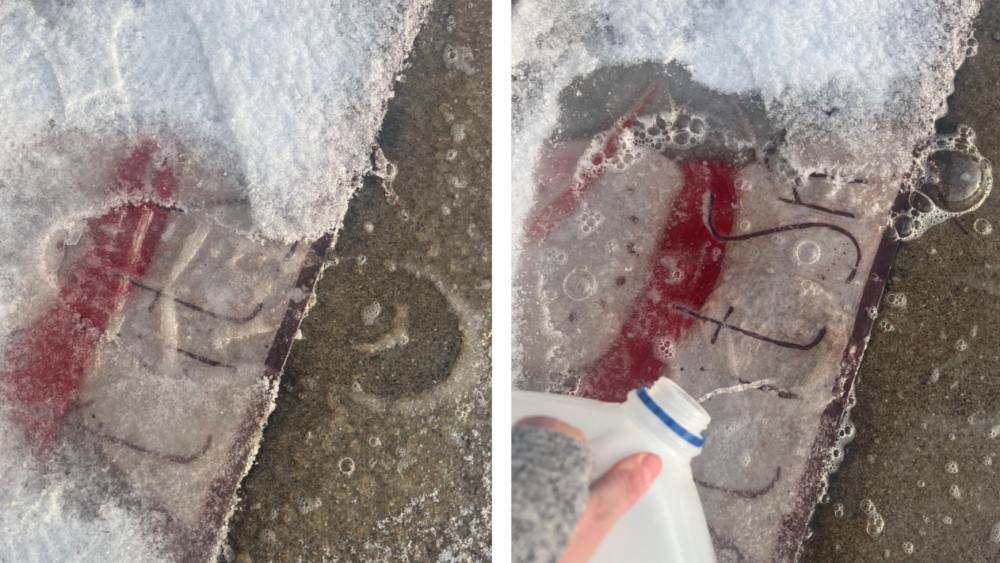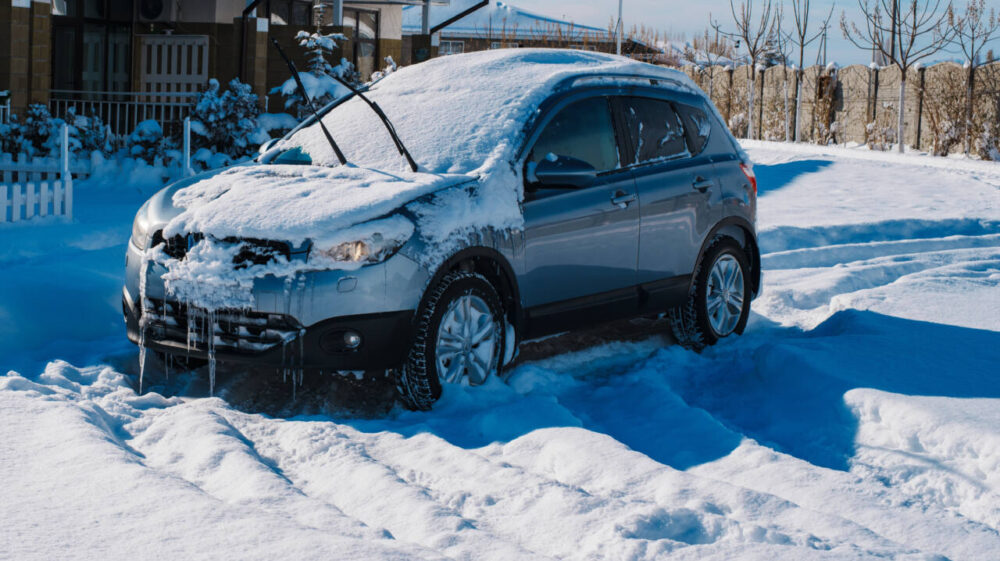5 things you probably didn’t know about the shortest day of the year
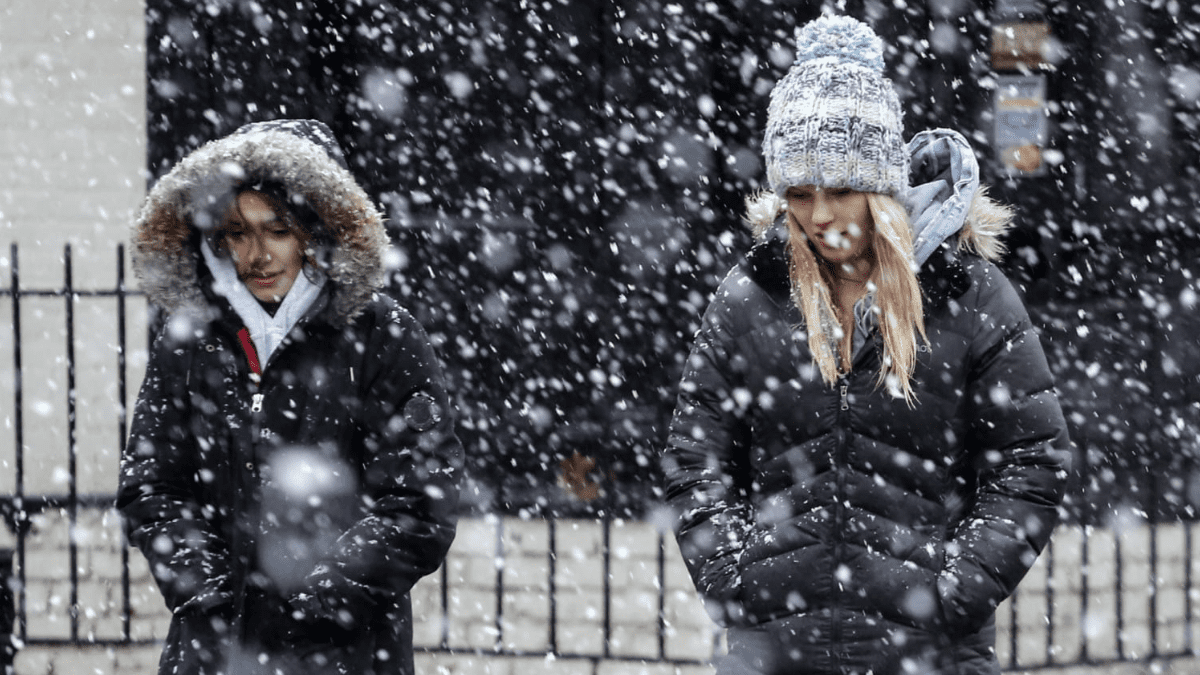
- December 1, 2023 |Last updated on 12/21/2023
While many people may think winter has been here for quite some time, the season’s official arrival happens on Thursday, Dec. 21. Known as the winter solstice, it also happens to be the shortest day of the year. However, there are a number of interesting facts about the solstice that you may not know.
1. Earth’s Tilt Is Why We Have The Winter Solstice
There is one reason we have a winter solstice: the tilt of our planet. You may remember back in school when we learned how Earth rotates (spins) on an axis at an angle of 23.5 degrees, to be exact. Because of this angle and our planet’s path around the sun, the Northern Hemisphere is tilted farther away from the sun. So, it’s not our distance from the sun; it’s because we’re leaning away from — or toward — the sun that causes the seasons to be different.
2. It Happens At A Specific Time
The solstice may have its own date on the calendar, but, in reality, it happens at a specific moment in time. This year, the winter solstice will happen Friday on Dec. 22 at 03:27 Universal Time (10:27 p.m. Eastern on Dec. 21). This event occurs simultaneously around the world when “the sun reaches its farthest southward point for the year”, which is the Tropic of Capricorn on a map (located at 23.5 degrees south latitude).
3. It Marks A Change In Our Days (And Nights)
Does it feel like it’s getting dark really early lately? The closer we get to the winter solstice, the less sunlight we see as the days get shorter. The winter solstice marks the shortest “day” of the year, with the least amount of sunlight. This means we also get the longest “night,” with the most hours of darkness in a 24-hour period. But, there is good news! Starting on Dec. 22, the days start getting longer.
4. It’s Not Necessarily The Coldest Day
Sure, the winter solstice is the shortest day of the year and the first day of winter. However, it rarely is the coldest day of the year. Even though we have the least amount of direct sunlight on the winter solstice, the Earth’s oceans and landmasses hold onto to the sun’s energy for a long time and keep air temperatures warmer. This is called “seasonal lag” and is the reason why days in January and February are usually the coldest time of the year.
5. Ancient Cultures Revered It
Did you know that the ancient rock formation Stonehenge is, according to Vox, “directly aligned toward the sunset during the winter solstice?” Many ancient cultures looked at the winter and summer solstice as important days because they marked a season of change in their day-to-day lives. The seasonal changes marked by the winter solstice meant adjusting their farming schedules, their animal raising and slaughter schedules. While our daily lives have changed dramatically since those days, people still flock to Stonehedge to celebrate the winter and summer solstice each year.
Who else is ready for the days to get a little longer?
MORE: When to see the January full moon, also known as the Wolf Moon


